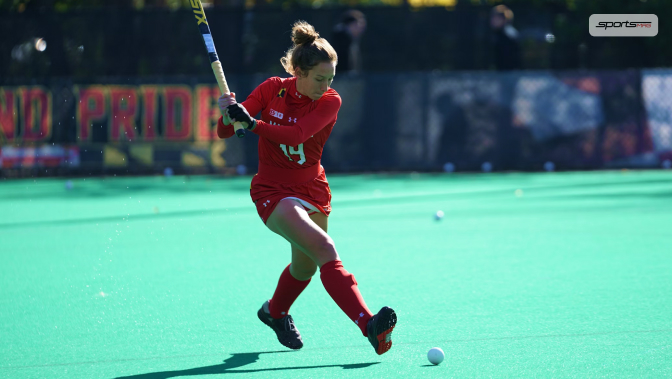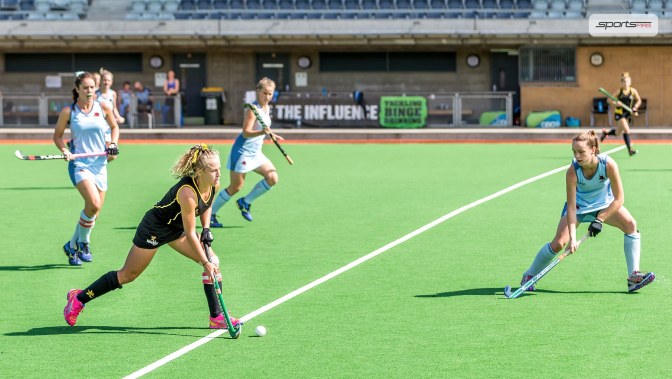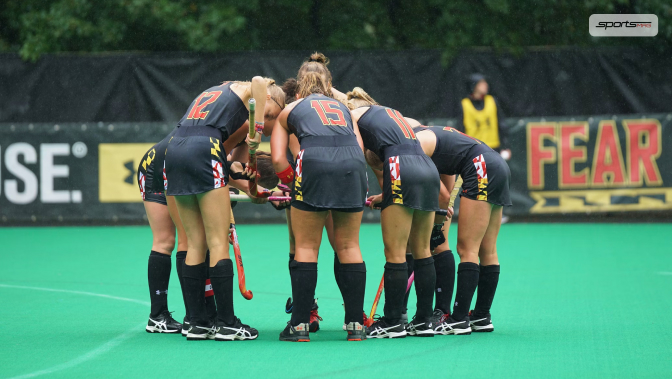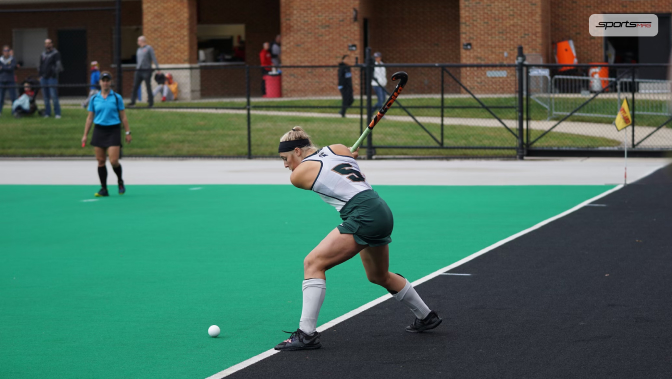Hockey is one of the most action-packed sports and most popular sports in America. is it because of hot hockey players or is it because of how many periods in hockey? Well, we have all the answers you will need. Even though players use hockey sticks to drive a ball, the game is remarkably fast-paced. But what are some of the most basic rules of hockey? Well, we are here to help you with that. So, without further ado, let us dive right in.
How To Play?

The primary objective of the game of hockey is to score more goals than the opponent team before the decided time runs out. In fact, the basics of the game are quite reminiscent of soccer. But the similarities stop at the surface level. Hockey is a very specific game that requires specific pieces of equipment.
Every hockey player needs to master the way of the stick in order to make any sort of impact. This stick is used to drive the ball or the puck to the opponent’s goal. As a result, the stick is like a lightsaber for the player. Originally, hockey sticks were made of wood, but now, they come in several different variations with varied dimensions. Regardless of the material, no hockey stick should exceed the usual 737 grams.
A hockey stick is usually made of two surfaces: a round and a flat one. Players are only allowed to touch the ball using the flat side. Failing to do so will accrue them a back stick foul. Subsequently, players can only strike the goal from the inside of the striking circle. Hence, there are a few aspects that players need to remember in order to master the game of hockey.
The Playing Field

Understanding the playing field of hockey is part of understanding the game. There are several rules of hockey that are connected to the playing field that a player needs to remember.
A standard hockey playing field is rectangular in shape with the following dimensions: 91.4m x 55m (length x width). Earlier, hockey playing fields were usually made of grass. But now, these grounds come in various synthetic options. A standard playing field is divided into two equal halves.
The line that divides the halves is called the centreline. Each half is then further divided into an area called the ‘Dee’. The Dee is the semi-circle with 14.63m in diameter that surrounds the goalpost. The area inside this semi-circle is the striking area. Players can only attack the opponent’s goal while he or she is in the striking area. As a result, the Dee is a seminal point of all the hockey rules in existence.
Penalty Corner
The striking area of a hockey field is a hotbed for action. It is the only area where strikers can take a strike. However, if defenders attack a striker a little hard, the striker will be awarded a penalty shootout. As a result, the ‘Dee’ is also called the penalty corner by some. The Penalty corner is the most sensitive area of the playing field where any foul can turn into a penalty shootout. As a result, everything needs to be in moderation inside the Dee.
Total Number Of Players

Like many other contact sports, Hockey is played between two teams consisting of 11 players each. Out of these 11 players, 20 are field players, and 1 is a goalie. Apart from these 11 players, there must be five substitute players on the bench. As of now, there is no limit to the number of times players are substituted.
The playing field is commonly categorized into three primary roles: defenders, midfielders, and strikers. These roles can be further divided into sub-categories. Here is a detailed rundown of all the sub-categories:
- Defenders: wingbacks, fullbacks, centrebacks, and sweepers.
- Midfielders: They work like a bridge, and they possess the qualities of defenders as well as strikers.
- Strikers: Inside forwards, wingers, and center forwards.
Each of these players is arranged according to certain formations. These formations make up the playing strategies. However, no strategy survives after the first goal. While the positional awareness remains, the starting formation changes drastically. Apart from the goalie, nobody can touch the ball using their bodies. Failure to do so will result in a penalty.
Duration And Quarter Breakdown

Hockey is a game that requires a balance between the amounts of goals and the time duration. So, it is very important to know the duration of time of a hockey match. This will enable us to understand the rules of hockey more effectively.
A standard hockey match goes on for around 60 minutes. These 60 minutes are further divided into four quarters spanning 15 minutes each. However, the game can go into extra-time. Subsequently, the clock will stop whenever the ball is dead due to injuries, penalties, etc.
At A Glance: Field Hockey Basic Rules

Before we come to a close, let us look at some of the basic rules that you need to remember.
- Players can only hit the ball with the flat side of the stick.
- Only Goalkeepers are allowed to touch the ball without the hockey stick. Goalies tend to use their bodies to stop the ball.
- A goal can only be scored from the inside the striking circle.
- Hockey is a no-contact sport. Any form of body engagement will result in a penalty or a foul.
- Two umpires regulate a game of hockey. Each umpire is responsible for their halves.
- Umpires use cards in order to communicate with players. Green works as an official warning. Yellow means the player will be sent off the pitch for 5 minutes. Red means dismissal after a serious offense.
- A game of hockey goes for 60 minutes and is broken down into four 15-minute quarters.
End Note
And there you have it. We have gone through some of the basic rules of hockey that every fanboy needs to know. If you liked our take on Hockey, do stick around to check out more hot takes regarding other sports.






